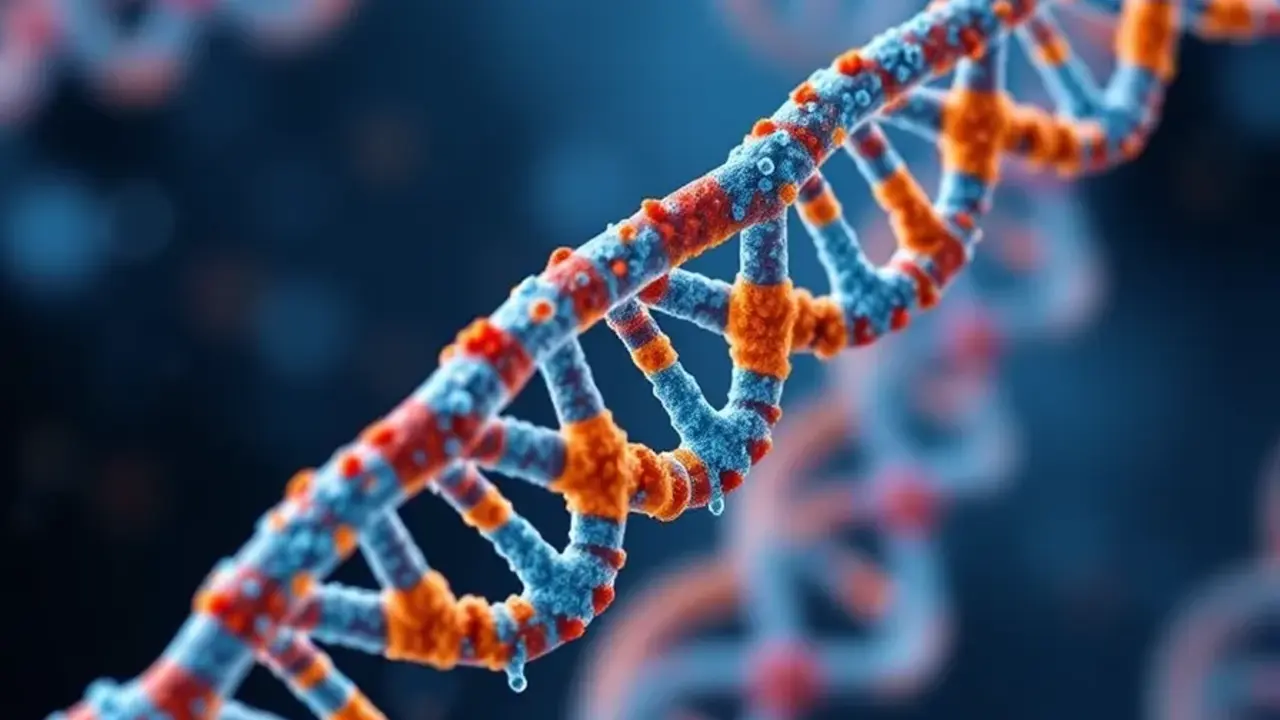This discovery, published in the journal Nature, shows that the location of transcription factors (proteins that control gene activity) plays a critical role in determining whether a gene is activated or repressed. Contrary to previous beliefs, transcription factors are not simply gene switches. The study showed that these factors can act as activators or repressors, depending on their spatial location relative to the start site of gene transcription.
For example, a transcription factor can increase gene expression if it is located upstream, or repress it if it is located downstream.
This newly identified “spatial grammar” changes how we think about gene regulation and could have important implications for studies of genetic variation and its impact on development and disease. By integrating this code, scientists will be able to better predict how mutations might affect gene expression.
Source: Ferra
I am a professional journalist and content creator with extensive experience writing for news websites. I currently work as an author at Gadget Onus, where I specialize in covering hot news topics. My written pieces have been published on some of the biggest media outlets around the world, including The Guardian and BBC News.










